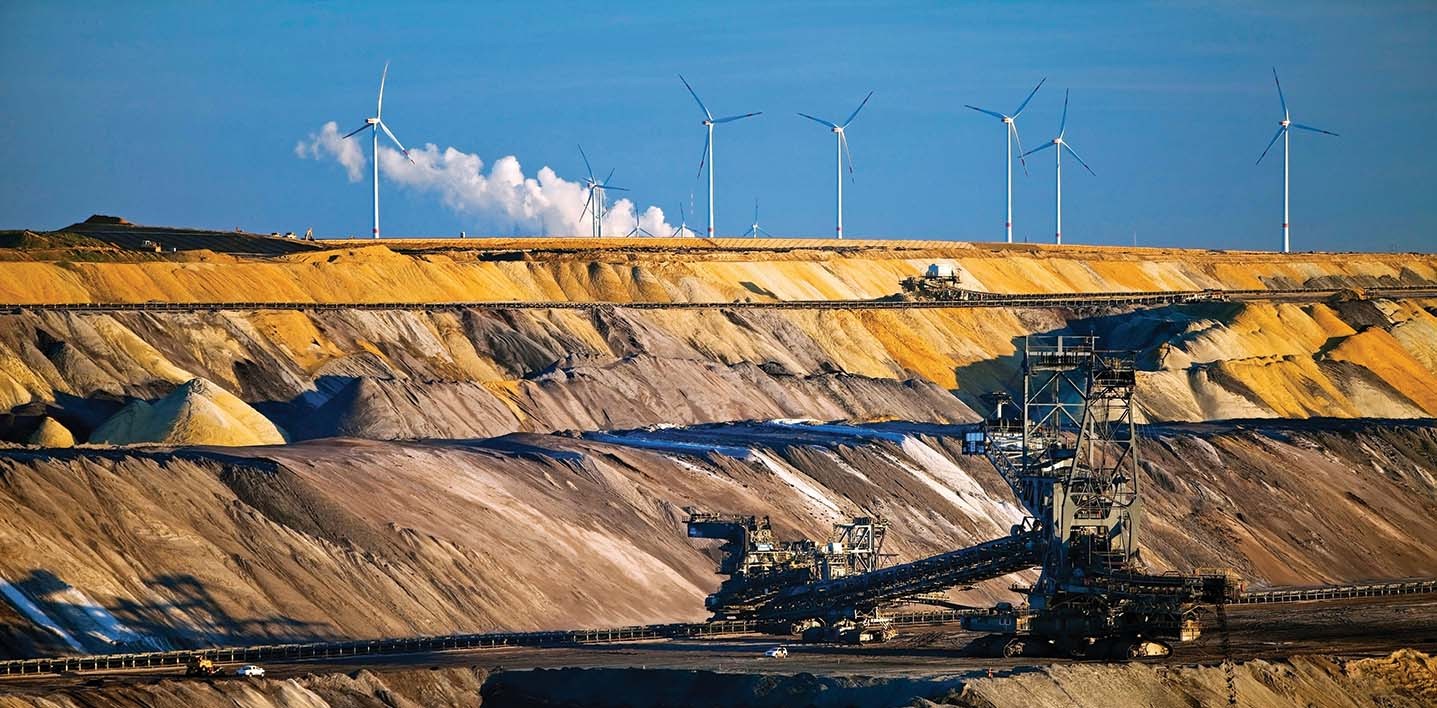Human civilization has long been reliant on mining. It has given rise to technological and economic advancement and artistic and cultural progress. The advantages must be weighed against the impact mining operations have on the environment, the general public’s health, and conflicts. Mineral resources on Earth will not run out, but humans must use them responsibly.

If mining and climate change are to have more negative effects than positive ones, there must be a full and equitable accounting of all adverse effects and accountability for them.
The frequency and severity of extreme climate changes are on the rise, which has raised awareness of the possible detrimental effects of climate change on the mining sector. As a result, the mining sector has begun to consider its vulnerabilities and potential hazards from climate change. However, there has yet to be many studies or political discussion that examines the connections between mining and climate change in further detail.
Understanding the Background of Mining and Climate Change
Although there are many variations, the definition of sustainable development used most often is a development that satisfies present demands without harming future generations to satiate their own needs.
The fundamentals of sustainable development call for the integration of economic activity with social concerns, environmental integrity, and efficient political structures. These principles have been endorsed and supported by several foreign organizations, such as the United Nations as well as World Bank and have recently had an increasing impact on the growth of the social and environmental policy.
The International Committee on Mining and Metals and the Mining Association of Canada are two examples of industry organizations that have accepted the ideas of sustainable development and created their own rules to encourage sustainable practices among their member companies.
Green Value Chain in Mining Industry/Sector
The energy transformation will only be entirely clean with climate-smart mining techniques. There will be difficulties and worsening effects from mining operations, which will affect vulnerable communities as well as environments that may jeopardize efforts to combat climate change.
Unchecked mining would likely raise global carbon emissions, water misuse, waste production, and community strife over such a short period (between 2020 and 2050).
Many nations support the Climate-Smart Mining Center because it strives to reduce these risks, control resources sustainably, extend the useful life of both the metals and precious minerals that come to use, and extract strategic minerals and metals in an environmentally responsible way.
While this poses a challenge for the entire world, it also presents an opportunity for developing nations with abundant mineral resources and expanding economies, such as the Democratic Republic of the Congo, India, Colombia, and Peru.
For instance, the development of battery-powered electric vehicles would result in a massive increase in demand for cobalt in the Democratic Republic of the Congo, which currently produces more than 65% of the world’s cobalt and is anticipated to produce more than 73 per cent by 2023.
Changing Demand for Mining
If industries agree to reduce emissions in the process of mining minerals in line with Paris Agreement commitments, there will be significant growth in low-carbon technologies. Solar photovoltaic, wind turbines, electric cars, energy storage, hydrogen fuel cells, metal recycling, and carbon capture & storage are examples of technologies that enable decarburization.
Due to the mining industry’s contribution to the raw materials required for these technologies, decarburization will be made possible. Additionally, their expansion will change how upstream mining commodities are demanded.
Understanding the concept of mining and climate change at its earliest is essential. In the future, the reliability of mining is going to increase day by day. Therefore, this is high time to go sustainable in the mining field. There are many organizations and institutions in the field of pollution management. These companies can provide proper guidance to make the process of mining more sustainable so that it can impact less on the environment less.
